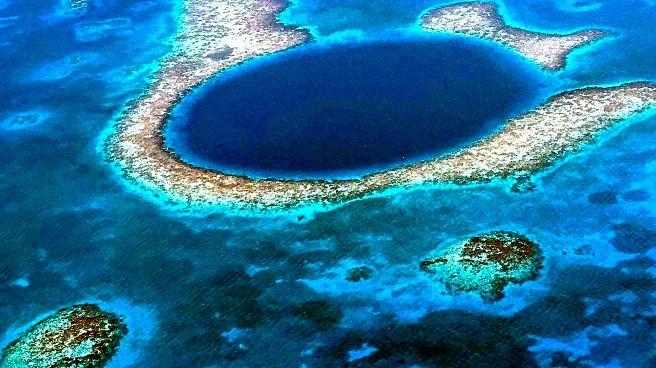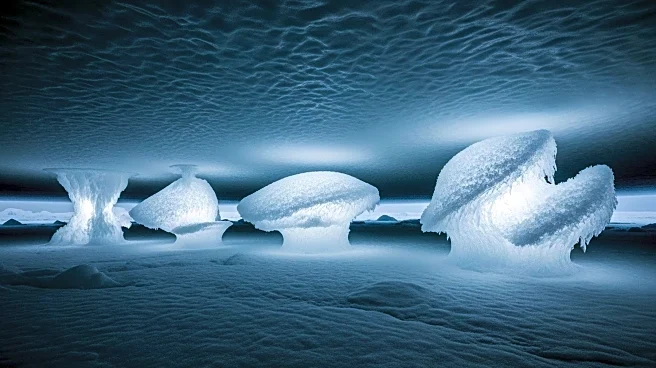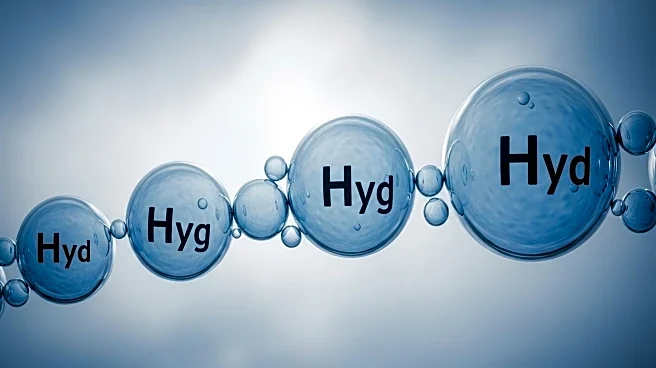What's Happening?
A team of geoscientists from the University of Oslo, led by Helge Hellevang, has proposed a new model explaining the formation of mysterious craters in Siberia's Yamal and Gydan peninsulas. These craters, known as gas emission craters (GECs), are believed to be caused by pressurized methane from deep below the permafrost, rather than permafrost-internal processes alone. The study suggests that heat and natural gas leaking from fault systems contribute to the explosive formation of these craters, which are located above one of the world's largest natural gas reserves.
Why It's Important?
Understanding the formation of these craters is crucial for assessing the impact of climate change on Arctic regions. The study highlights the role of natural gas reserves in the formation of GECs, which could have implications for energy exploration and environmental management. The findings also emphasize the need to consider deep geological processes in climate change models, potentially affecting policy decisions related to Arctic development and conservation.
What's Next?
Further research is needed to test the proposed model against real-world measurements. This could involve monitoring gas emissions and geological activity in the region to validate the findings. The study may prompt discussions on the management of natural gas reserves and the environmental impact of their exploitation.











